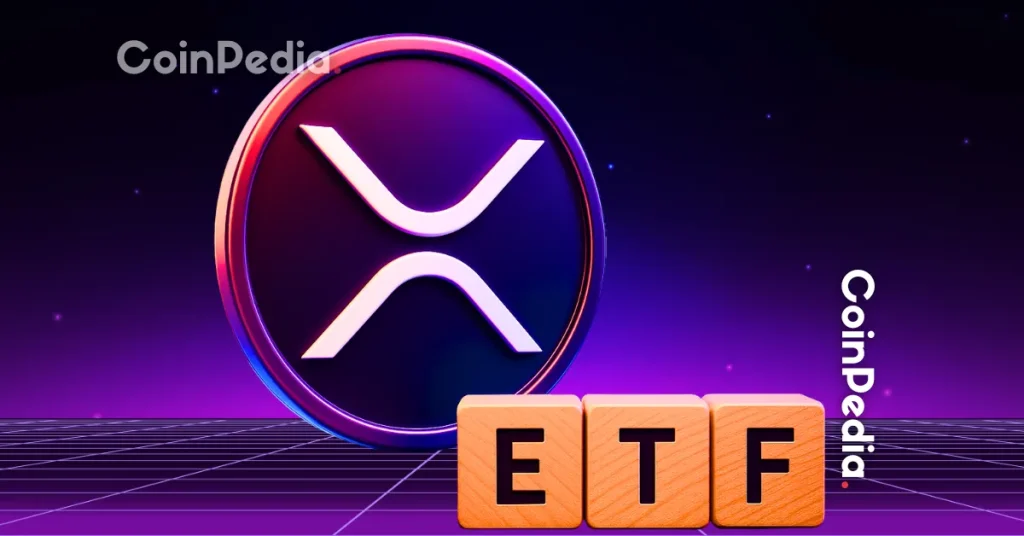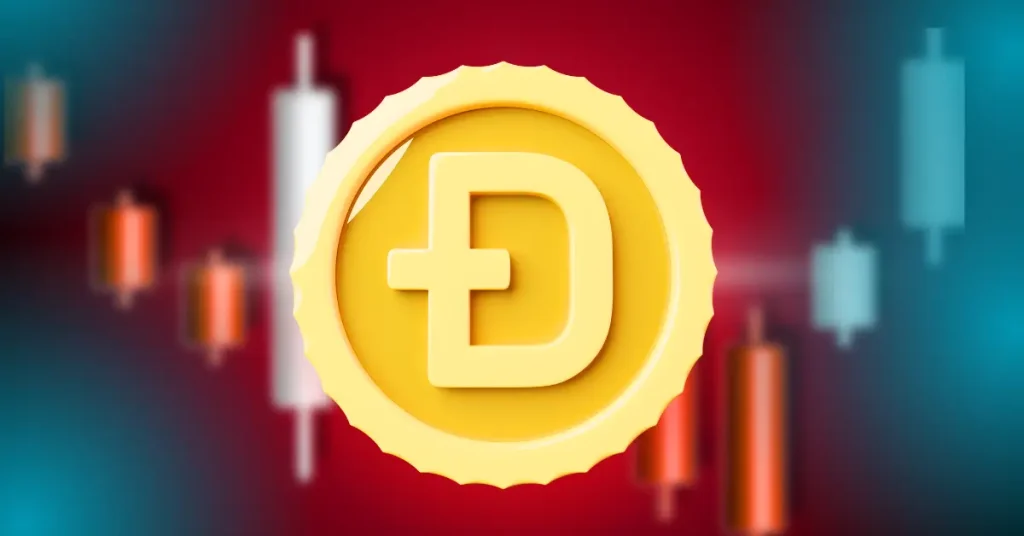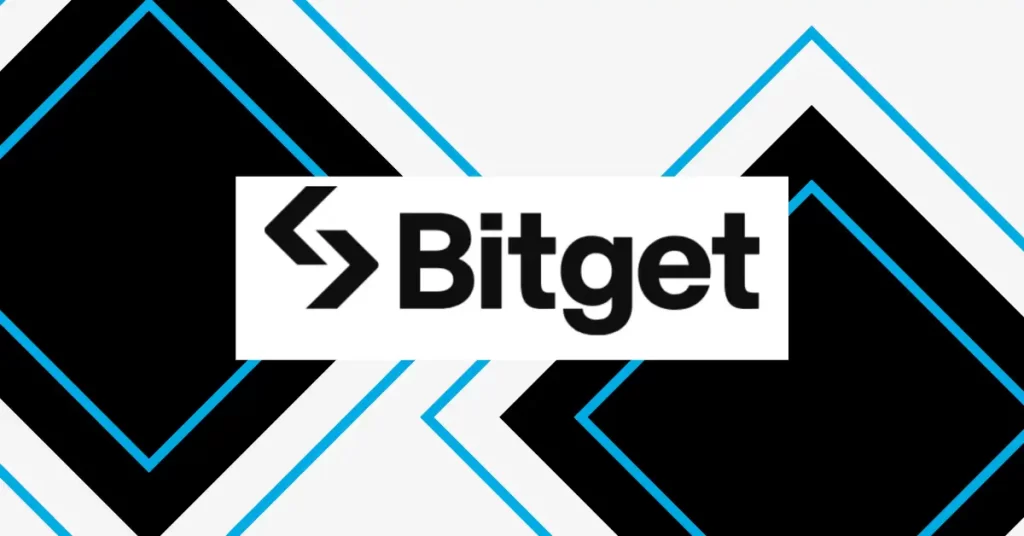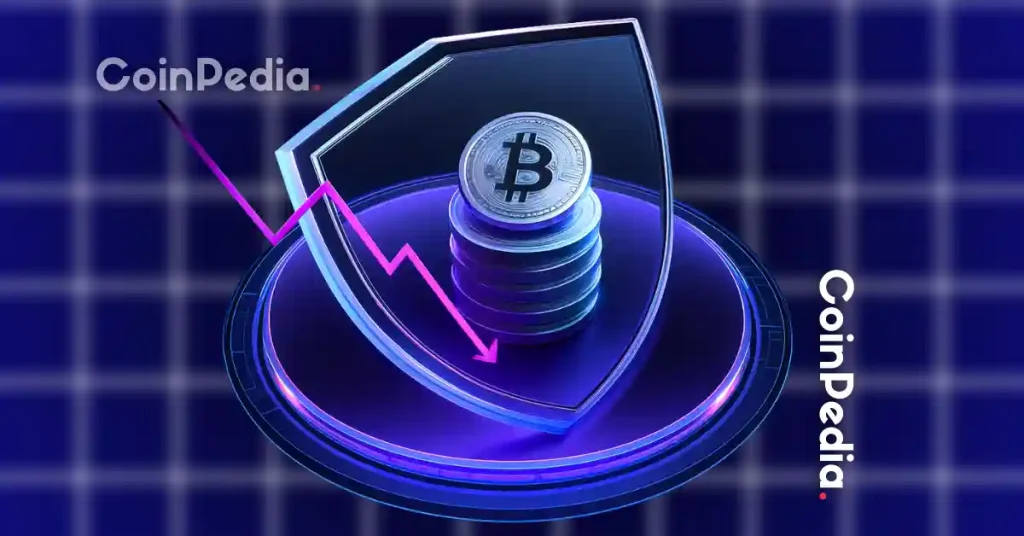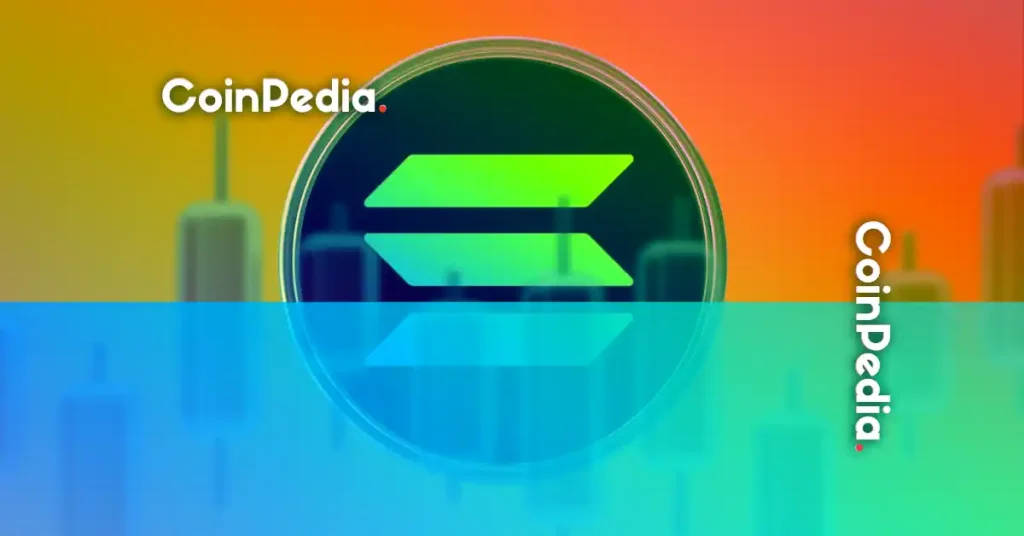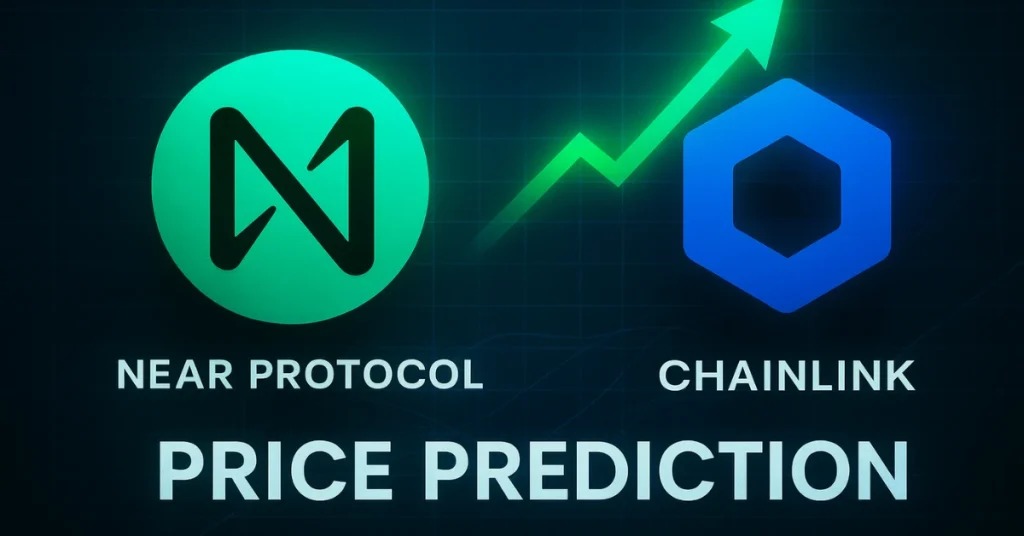Lido Finance Review & Analysis – Liquid Self Staking Protocol
In recent months, the staking of crypto assets as a source of earning passive income has picked up a lot of interest amongst investors. And now staking as a service has become so so big that it is considered as a separate industry in the crypto-verse. This is further expected to increase at a substantial rate.
Based on a report issued by JP Morgan, the staking industry currently generates revenue of $9 Billion in a year which is expected to grow up to $40 Billion by 2025. And the core reason behind this is anticipated to be the Ethereum Network update from Proof of Work (PoW) to Proof of Stake (PoS) consensus mechanism.
To know more about PoW, PoS, and Staking in general, you should read our CoinSutra Staking Guide.
As an investor, there are many ways to stake your assets. The most direct method of staking is to run a validator node. However, this method has a number of limitations.
For example, to run an Ethereum validator node, you need:
- At least 32 ETH or a multiple of it to stake on the network,
- A computer system with a high-quality CPU,
- Operational knowledge to run a validator node,
- Approval is required from the network, which already has a long waiting list.
Thus, a normal investor may not have this big infrastructure or technical knowledge to run a validator node. The next best alternative is a reliable staking service which can resolve the above issue for us.
A staking service provider would run a validator node on your behalf and would let you stake your assets on the network. In exchange for their services, they would take a part of your staking rewards.
Staking your assets through a staking service is the easiest method, from the point of accessibility and ease of use.
Further, there are many service providers who offer crypto staking services and can be broadly categorized as Centralized Staking Services Providers and Decentralized Staking Services Providers.
Centralized Staking Service Providers are the most popular ones and include Coinbase, Kraken, and Binance where you can stake your assets with one click on the network through operator nodes owned by the exchange. However, the biggest limitation of these providers is that these exchanges have complete custody of your crypto assets, which means that you may lose all your assets in case there is any security breach on these exchanges.
Therefore, a better and more reliable method is through Decentralized Staking Service Protocols. That’s exactly what we are going to discuss today where you can stake your crypto assets in a non-custodial and decentralized way which is secure, reliable, and would mostly pay you better staking rewards.
Lido Finance is a Liquid Self Staking Service that is an apt solution for the above-stated limitations. So, let us dive into the project and understand what it is all about.
Disclaimer
This report is first published for CoinSutra VIP users. This research report is based on the current market conditions and should not be treated as direct financial advice. Investing in crypto-assets has risk due to high volatility, so invest only that amount which you are ok to lose.
What is Lido Finance?
Lido Finance is a Liquid Self-Staking protocol that allows a user to stake their crypto assets on a Proof of Stake (PoS) blockchain network in a non-custodial way and simultaneously maintain the liquidity of their funds.
Whenever you deposit your ETH on Lido Finance, it is sent to Lido’s Staking Contracts.
These staking contracts pool together users’ funds and distribute them to node operators. Please note that node operators don’t have custody of your funds, and thus the protocol is designed to maintain a non-custodial infrastructure.
Further, anytime you stake your crypto assets on Lido, you get a derivative token in a 1:1 ratio. For example, when you stake your ETH (Ether) tokens, you get an equivalent amount of stETH (Staked ETH) token, which is like a receipt of your ETH tokens being staked on the network.
Now, you can use these stETH tokens for many purposes, such as:
- You can provide liquidity to stETH Liquidity pool on Curve and earn rewards,
- You can deposit stETH on Yearn Finance to maximize your yield,
- You can lend your stETH on AAVE and earn interest on it.,
- You can sell your stETH on 1Inch Exchange and many more
This means that staking through Lido Finance:
- It is safer than exchanges as it is a non-custodial form of staking,
- Provides you more liquidity as you can use the derivative tokens (like stETH) on various DeFi protocols,
- Does not require 32 ETH. You can stake on the network with any amount. Therefore, it is open to small investors also,
- Cross-chain DeFi protocols can also be explored. For example, you can exchange your stETH with a bETH (Bonded ETH) which is a derivative token on Terra Network, and use it on Terra Based platforms such as Anchor Protocol.
Thus, overall Lido is safer and gives you complete control and liquidity of your funds. Now, let us understand the components of the protocol.
Components of Lido Finance
The components of Lido Finance are as follows:
1. Lido DAO
DAO stands for a Decentralized Autonomous Organization that manages the decision-making of the protocol through the voting power of governance tokens. This keeps a platform decentralized to an extent and allows them to operate without a central authority.
The Lido DAO was initiated by many reputable members such as:
- Rune Christensen of Maker,
- Stani Kulechov of Aave,
- Banteg of Yearn,
- Will Harborne of Deversifi,
- Julien Bouteloup of Stake Capital,
- Jordan Fish and Kain Warwick of Synthetix,
- Terra,
- Semantic Ventures,
- ParaFi Capital,
- KR1,
- P2P Capital,
- Bitscale Capital,
- Stakefish,
- Staking Facilities and Chorus One,.
Recently, the platform has raised $73 Million in funding from Paradigm.
Further, Lido DAO is governed by its in-house governance token LDO. The voting power on the DAO is proportional to the number of LDO tokens locked by a user in the voting contract.
Lido DAO is majorly responsible for activities such as:
- Collection of service fee
- Insuring the assets on the protocol
- Research and Development
- Protocol upgrades, etc.
2. Staking Service
As discussed above, staking as a service is the product offered by Lido Finance. The funds you stake are kept in a non-custodial way, and additionally, to provide you liquidity, the protocol issues you a derivative such as stETH (Staked ETH), stSOL (Staked Solana) or bLUNA (Bonded LUNA).
For this, Lido charges 10% of the staking rewards as a fee. This is the only revenue model of the platform.
Currently, the biggest staking service offered by Lido is for Ethereum 2.0 network, which allows you to stake your ETH Tokens. Out of total ETH staked on the Ethereum Network, 16.17% of tokens are staked through Lido Finance which is substantial.

At the moment, Lido offers Staking Services for three tokens:
- ETH (Ether),
- SOL (Solana Network), and
- LUNA (Terra Network) through Anchor Protocol
Staking service for Aave (AAVE) will be initiated shortly. Further, proposals to incorporate Polkadot, Kusama, and Polygon Network are pending on the forum.

3. Derivative token (stETH, stSOL and bLUNA)
As discussed above, every time you stake a crypto asset on Lido, you receive a derivative token in a 1:1 ratio. So, if you stake ETH token, you would receive stETH, and if you stake LUNA on Anchor Protocol, you will receive bLUNA and so on. Now, these derivative tokens have a number of use cases and literally open a Pandora box for you.
A stETH token represents the following:
The Value of ETH Token Deposited + Staking Rewards – Slashing Penalties
We will discuss the slashing penalties in a short while in the Security and Insurance section.
Now, stETH token can be used as follows:
- You can provide liquidity to stETH Liquidity pool on Curve and earn rewards,
- You can deposit stETH on Yearn Finance to maximize your yield,
- You can lend your stETH on AAVE and earn interest on it.,
- You can sell your stETH on 1Inch Exchange,
- You can convert your stETH to bETH and use it to borrow UST (Terra USD) on Anchor Protocol and earn a stable return of 20% p.a. on Anchor Protocol, and many more
Therefore, providing unlimited use cases to your staked assets. Similarly, you can stake your SOL tokens on Lido and receive stSOL, and LUNA tokens on Anchor Protocol and receive bLUNA.
Currently, Lido has integrated with the following Defi (Decentralized Finance) Apps to develop DeFi use cases of stETH, stSOL and bLUNA:

These use cases and compatible applications would increase as more blockchain networks will be integrated into the platform.
4. Governance Token (LDO)
LDO is the in-house governance token of Lido Finance. It is the backbone of Lido DAO, which ultimately governs and maintains the platform.
In order to exercise a voting right in Lido DAO, an LDO holder would need to stake his token in the Lido Voting Contract. The voting right with a token holder is proportional to the number of tokens locked in the contract.
Further, LDO tokens can be deposited on Liquidity Pools on 1Inch Exchange and Sushiswap Exchange to earn additional income.
Now, let us understand the economy of LDO token:
LDO Token Economy
| Particulars | Amount |
| Maximum Supply | 1 Billion Tokens |
| Total Supply | 1 Billion Tokens |
| Circulating Supply | 24.5 Million Tokens(2.5% of Total Supply) |
| Token Value (in $) | $6.34 |
| Market Cap (in $) | $166.5 Million |
| Fully Diluted Value (in $) | $ 6.84 Billion |
| 24 Hour Volume (in $) | $248.3 Million |
Token Allocation
| Particulars | %age of token allocated |
| DAO treasury | 36.32% |
| Investors | 22.18% |
| Validators and signature holders | 6.50% |
| Initial Lido developers | 20% |
| Founders and future employees | 15% |
Out of a total supply of 1 Billion, 64% of the supply was dedicated to the founders, developers, and early participants of the platform. This 64% was locked for a period of 1 year and these will be unlocked on 17 December 2021 with a vesting period of 1 year. Once these tokens are vested, a substantial supply of tokens would be available in the market and could affect the token’s price significantly.
The balance of 36% was allocated to the DAO Treasury. There is no pre-decided schedule as to how these tokens would be issued in the market. It is all dependant on the decision made by DAO.
Further, due to the low circulating supply of LDO tokens in the market, there is a substantial difference between the Market Cap and the Fully Diluted Value of the token. This can lead to wild price fluctuations in the market.
5. Security and Insurance
Lido Finance is a fairly secure platform because of:
- DAO based governance model,
- Non- Custodial Staking Service
- Continuous Smart Contracts Audit
Further, in order to ensure a leak-proof protocol, Lido Finance also has a Bug Bounty program on Immunefi with a maximum bounty of $ 100,000. Through this program, you are rewarded for finding a vulnerability in the project. Thus, keeping the platform safe in the long run.
Whenever you stake your ETH on Ethereum Network, it would be done through a node operator. Anytime a node operator misbehaves or defaults in any manner, a slashing penalty would be imposed on the operator by confiscating a portion of ETH staked through him. This is known as the slashing penalty.
This would result in the loss of tokens to the staker i.e., You. In order to mitigate the loss from slashing, Lido Finance has Insurance with Unslashed. Finance to cover up to 5% of slashing penalties.
Now, As we have understood the components of Lido Finance, let us understand the market competitors of this platform.
Competitors of Lido Finance
Staking as a service has always been dominated by Centralized Crypto Exchanges such as Coinbase, Kraken, and Binance. They provide a good user experience where staking can simply be done with one click on the exchange’s platform.
However, as discussed earlier, these exchanges have full custody of your crypto funds and mostly give lower staking rewards in comparison with a decentralized staking service provider such as Lido Finance. Moreover, Lido also provides liquidity to a staker by issuing a derivative token (such as stETH) which is not done by these centralized exchanges.
In Decentralized Staking Services Providers, Rocketpool is a competitor of Lido, which has yet to launch its staking services. Therefore, Lido has got the first-mover advantage in the market.
Further, 16.17% of total ETH staked on the Ethereum Network are staked through Lido, which is substantial considering the fact that the platform started this service in December 2020.
Overall, Lido Finance has the potential to come out as a winner amongst its competition.
Now, let us understand the Pros and Cons of Lido Finance.
Benefits of Lido Finance
The benefits of Lido Finance are as follows:
- In addition to the staking service, Lido provides liquidity to the stakers through their derivative tokens (stETH, stSOL and bLUNA).
- A user can unstake their funds on Lido at any time, which cannot be done if assets are staked directly on the network
- Staking through Lido is Non-Custodial in Nature
- Slashing penalties are insured to an extent
- The platform has seen massive adoption in a short period of time
- Lido provides an easy way to stake crypto assets
- Lido can be connected with hardware wallets such as Ledger to further improve the security of crypto-assets and the staking process
- There is no fixed limit of tokens for staking which enables small investors to stake their assets
- In terms of ETH staking, Lido Finance has created its dominance in the market, which is growing every day
However, there are also some limitations of this project.
Risks and Limitations of Lido Finance
The possible risks or limitations of Lido Finance are as follows:
- Smart Contract Risk – Despite regular audits of Smart Contracts, there is a possibility of a smart contract hack which has been seen a few times in Defi protocols.
- Any hack on the main network such as Ethereum or Terra would lead to loss of funds to Lido and ultimately to the stakers.
- The value and utility of Lido’s derivative tokens (stETH) are dependent on the adoption of the Lido Platform.
- In case a node operator misbehaves on the network, the whole system would be liable for slashing penalties.
- Centralized staking services such as crypto exchanges have been in the crypto industry for a longer time and are therefore more trusted by users.
- Use cases of LDO tokens are very limited.
- The token economy of LDO tokens is not satisfactory.
Conclusion
Staking as a Service has already grown many folds in the last few months and is going to increase in the future at a substantial rate. In order to sustain and facilitate this growth, we needed a decentralized non-custodial liquid staking platform, and Lido Finance fulfills all these features on our checklist.
Moreover, the platform has already built a market share of 16.17% in ETH staking, which is phenomenal. More tokens such as AAVE, Polkadot, Kusama, and Polygon are in the pipeline, which can make Lido Finance a one-stop solution for all staking and Defi platforms.
However, I am not satisfied with the current economy of LDO tokens. There will be a substantial supply of tokens that would be available in the market from 2022 and 2023. This can have a significant impact on the value of the token.
So, I would suggest you keep this token on your watchlist and wait for the right opportunity to take a position.
Current Rating On CoinSutra Scale
Wait & Watch – We recommend ‘wait & watch’ on Lido Finance. It has good fundamentals but bad tokenomics.
Most Read News
-
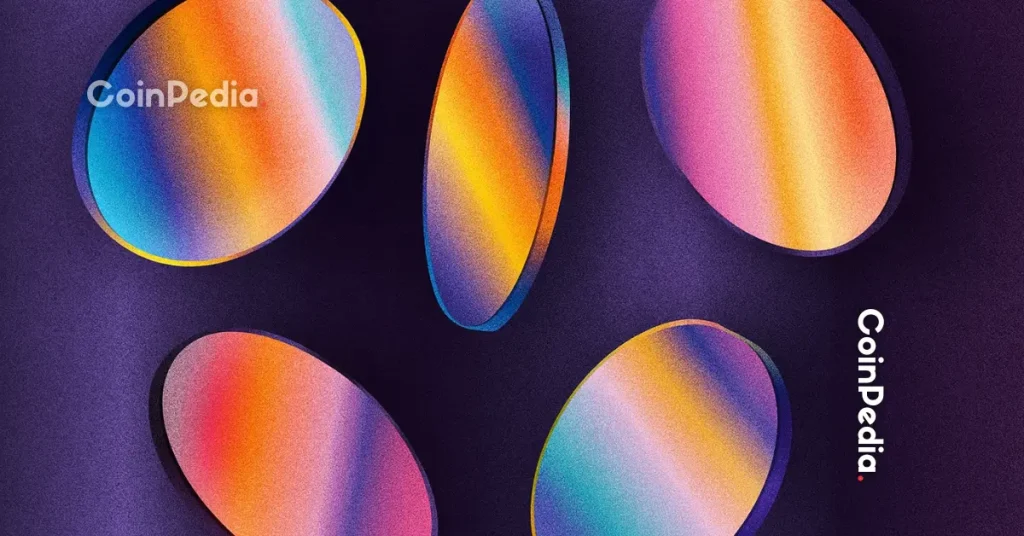 Top 5 RWA Tokens To Buy in Q4 2025
Top 5 RWA Tokens To Buy in Q4 2025
2025-09-23
